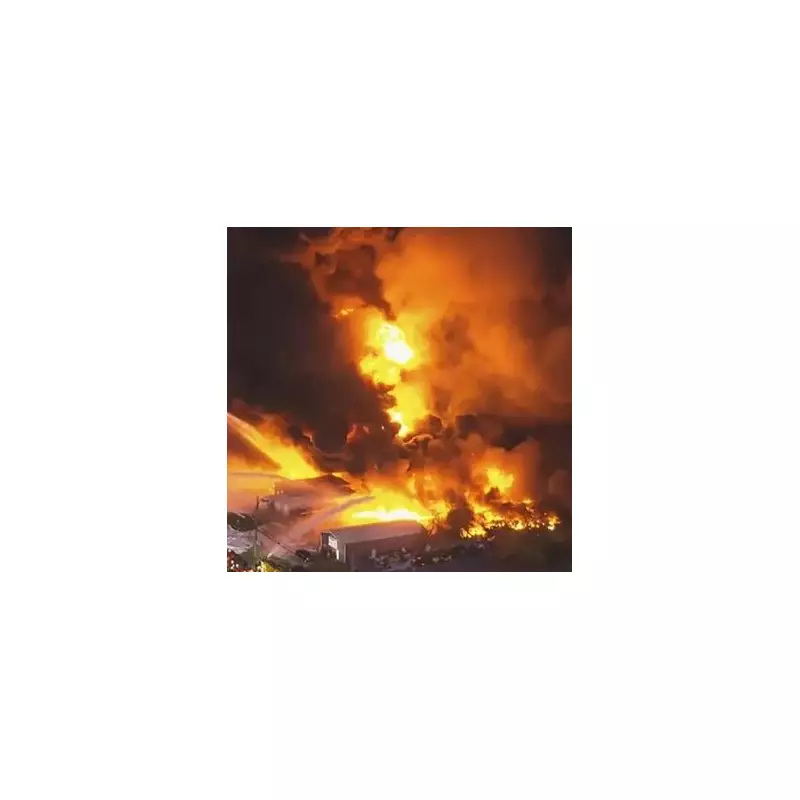
Federal investigators in the United States have released a harrowing sequence of images depicting the final moments of a UPS cargo plane that crashed earlier this month, killing fourteen people. The photos provide the first visual evidence of the catastrophic engine failure that led to the disaster in Louisville, Kentucky.
The Final Moments: A Sequence of Failure
The National Transportation Safety Board (NTSB) published six frame-grabs showing the horrifying incident. The images reveal evidence of cracks in the left wing's engine mount before the engine begins to separate from the aircraft.
A subsequent photo captures the moment the engine ascends over the wing in a violent burst of flames. The next image shows the wing itself being consumed by fire as the burning engine soars above it. The final photo in the sequence shows the MD-11 aircraft attempting to lift off from the runway at Muhammad Ali International Airport.
However, data from the flight data recorder confirms the plane only managed to climb 30 feet (9.1 metres) off the ground before the crash on November 4. The disaster claimed the lives of all three pilots on board and eleven people on the ground.
Maintenance Timeline and Expert Analysis
According to the NTSB's preliminary report, the 34-year-old aircraft was not yet due for a detailed inspection of the key engine mount parts where fractures were found. The plane needed to complete nearly 7,000 more takeoffs and landings before that specific check was required. Its last examination was in October 2021.
Former federal crash investigator Jeff Guzzetti commented on the maintenance schedule, stating, “It appears UPS was conducting this maintenance within the required time frame, but I’m sure the FAA is now going to ponder whether that time frame is adequate.”
Another aviation expert, John Cox, described such fatigue cracks as “normal wear and tear on an aircraft.” He explained that metal parts like engine mounts, which vibrate during every flight, will eventually develop cracks. The critical question, he noted, is how frequently these components need inspection and what maintenance is mandated.
Industry-Wide Repercussions and Future Decisions
The crash has sent shockwaves through the cargo aviation industry. In its wake, all MD-11s used by UPS, FedEx, and Western Global—along with some related DC-10 aircraft—were grounded until they can be inspected and repaired. The Federal Aviation Administration has not yet specified what those repairs will entail.
John Cox highlighted the difficult choices facing these carriers, noting they were already planning to retire the ageing MD-11 fleets in the coming years. “If you have to pull the engines off and do some sort of visual inspection or replacement, that’s going to run into a significant cost,” he said. MD-11 aircraft constitute about 9% of the UPS fleet and 4% of the FedEx fleet.
Bill Moore, president of UPS Airlines, confirmed the company is working closely with investigators to determine the root cause of the tragedy. As the probe continues, the entire industry is left grappling with the safety implications for its older aircraft.





